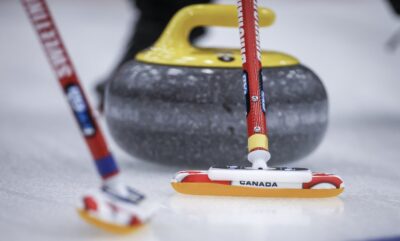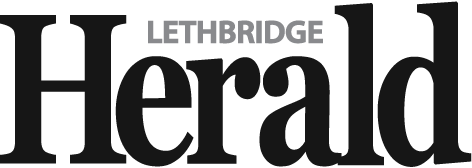Curling Canada seeks to ease broom tension ahead of national championships
By Canadian Press on January 29, 2025.

CALGARY — Curling Canada’s chief executive officer says the message to athletes competing in the upcoming men’s and women’s national championship is no one is cheating.
Tension over broom technology has resurfaced at a high-stakes time as teams in Canada and around the world vie to represent their country at next year’s Olympic Games in Milan-Cortina, Italy.
The World Curling Federation’s recent declaration that approved equipment remains within the rules and will not be removed from the field of play runs counter to the opinions of some curlers who put brooms to the test in competition almost every weekend.
Several of the world’s top 30 teams issued a joint “proposal for fair play” statement earlier this month about concerns over foam firmness in some manufacturers’ broom heads having outsized control over the trajectory of a delivered stone.
The WCF says its most recent testing data indicates all approved products are still within the scope of the rules.
The issue created tension at the recent Grand Slam of Curling’s WFG Masters in Guelph, Ont.
John Epping, who didn’t sign the statement, said he felt unfairly pressured into making a last-minute equipment change when his team’s brooms were still within the rules.
“I wish it wasn’t happening in the middle of a curling season, but it is, and that’s why we’re going to have to navigate it as we go,” Curling Canada chief executive officer Nolan Thiessen said Wednesday in Calgary.
“I don’t think we’re in a situation where we can do something that World Curling can’t.”
The issue is another chapter in the original “Broomgate” of 2015 when “directional fabric” affected the movement of rock in unprecedented ways and was eventually outlawed.
Curlers want their sport to remain about shotmaking skill, but that moment accelerated change in the sport.
Brushing became so much more of a factor than ever before because of advances in sweeping technique, broom technology and athlete fitness.
So curling is back in broom discomfort again as teams gear up for the most important year in an Olympic quadrennial.
The Scotties Tournament of Hearts in Thunder Bay, Ont., from Feb. 14-23 and the Montana’s Brier in Kelowna, B.C., from Feb. 28 to March 9 will not only determine Canada’s representatives at the world championships but are also qualifiers for November’s Olympic trials in Halifax.
“For these championships, we’re going to have to follow World Curling’s rules and specifications,” Thiessen said.
“There’s probably some stuff we have to do in advance in talking to the athletes so that there isn’t the comments of ‘this person is cheating’ or ‘this person’s got better technology than me.’
“Look, they’re using approved products. Nobody is cheating.
“We’ve got make sure that … people understand if someone is using an approved product, they’re allowed to use an approved product.”
Thiessen and Curling Canada’s high-performance director David Murdoch are both former world curling champions themselves.
Murdoch sees the issue as a growing pain in the evolution of curling.
“This is probably highlighting the fact of where curling is going. It’s becoming more professional and the manufacturers are having more innovation,” Murdoch said.
“For a long time after Broomgate, everyone was pretty happy, it was in a good spot. The equipment was generally good. But like anything, athletes have got stronger, they’ve looked at their biomechanics to be better at sweeping and understand what sweeping actually does.
“At the same time, everyone’s wanted better equipment, and that has continued right to where we are now, where we’ve gone ‘oh, now it’s getting too far.’ If we believe we went too far, and that’s the general consensus that I hear from the athletes, and I would probably agree, but at what point do we take it back to?”
Competition among sports equipment manufacturers often introduces innovation and modification before the regulatory bodies can catch up to it.
“Golf goes through it all the time,” Thiessen said. “Every time that there’s an advancement, they say ‘was that too far?’ That’s what we’re going through.”
This report by The Canadian Press was first published Jan. 29, 2025.
Donna Spencer, The Canadian Press
30-29


